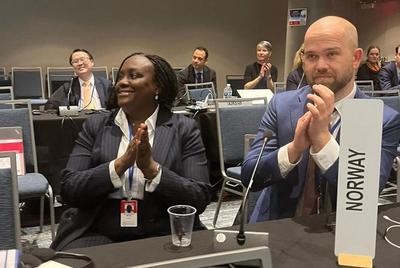The fish’s head: Appointment and removal procedures for anti-corruption agency leadership
“A fish rots from the head” is the saying when an organisation’s leadership is seen as responsible for the unethical behaviour of its personnel. Undue external interference with an anti-corruption agency (ACA) is likely to target its top officials; if co-opted or corrupted, they can do serious damage to the effectiveness and reputation of an ACA. Appointment and removal processes affect the actual and perceived impartiality of ACAs. If an ACA head can be appointed and removed at will by a political stakeholder, the appointee has an incentive to defer to the will of the appointer. Some countries have therefore made such appointments the shared responsibility of several institutions to avoid potential misuse of the ACA by the government or a particular political group. In addition to who has responsibility for appointments, the criteria for eligibility and the transparency of the selection criteria and process also matter. The inclusion or exclusion of a certain group of candidates can have an effect on the actual and perceived impartiality, competence, and responsiveness of the head of the agency. The inclusion of non-state actors, for example, is likely to gain more public trust than limiting candidates to party office holders.
Removal procedures can be as important as appointment procedures. Security of tenure needs to be weighed against accountability. The implicit or explicit threat of removal can be a powerful incentive for the ACA head to align with specific interests. Removal procedures become important when those whose interests are threatened try to influence and – if unsuccessful – remove key decision makers. Removal, however, can also be needed to replace leaders who are corrupt, politically driven, or simply incompetent. It is therefore important to outline clearly the removal procedures, keeping in mind both the independence of the agency and the accountability of top officials.






